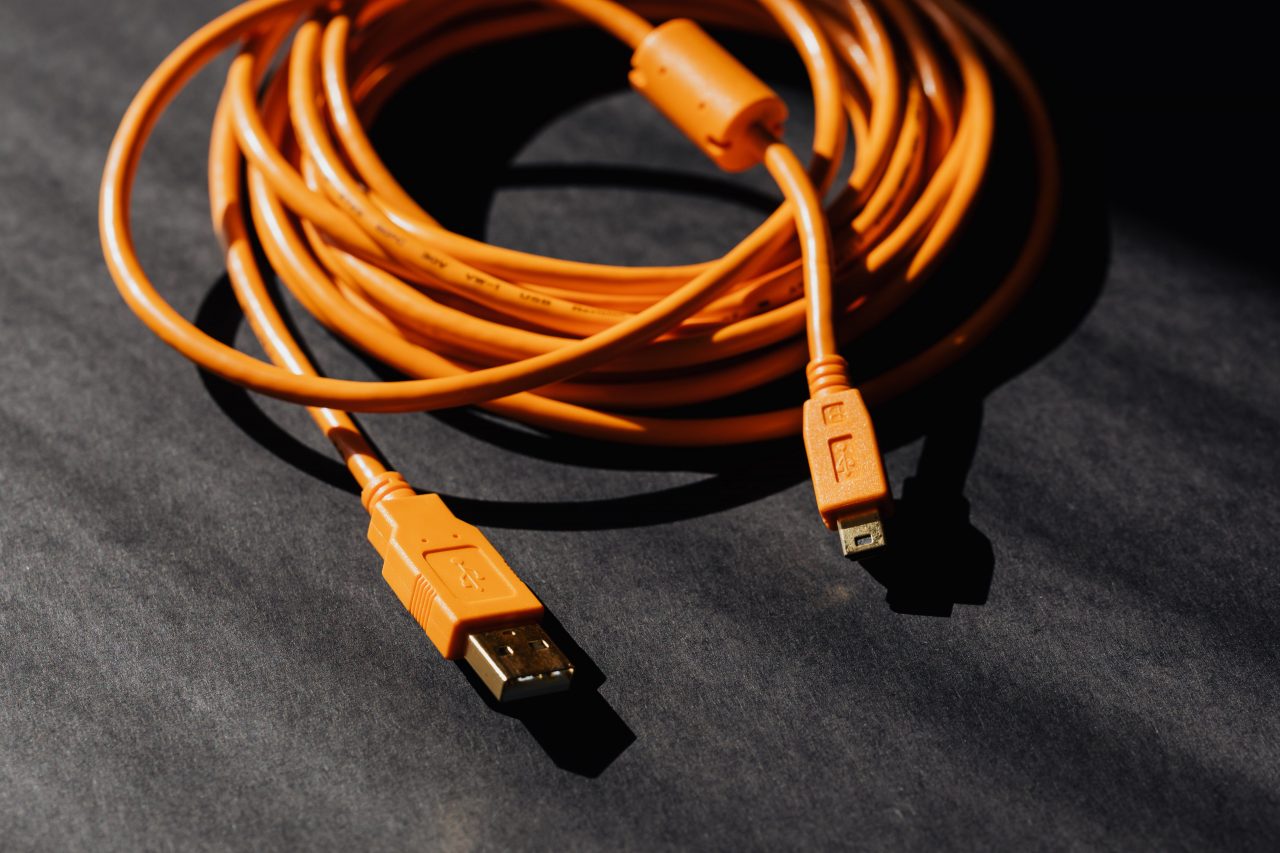Data center cabling is the unsung hero of modern technology infrastructure, providing the backbone for seamless communication and data transfer within these centralized hubs of computing power. In this comprehensive guide, we will explore the fundamental aspects of data center cabling, shedding light on its importance, types, best practices, and the role it plays in ensuring the smooth operation of the digital landscape.
Importance of Data Center Cabling
Data center cabling serves as the circulatory system of a data center, connecting servers, storage devices, networking equipment, and other critical components. The efficiency and reliability of cabling directly impact the overall performance and responsiveness of the data center. Well-designed and organized cabling infrastructure not only ensures optimal data flow but also facilitates easier maintenance and troubleshooting. As data centers evolve to handle increasing workloads and emerging technologies like cloud computing and edge computing, the significance of robust cabling becomes even more pronounced.
Types of Data Center Cabling
There are two primary types of data center cabling: copper and fiber optics. Copper cables, such as twisted pair cables (e.g., Ethernet cables), are cost-effective and suitable for short to medium-distance connections. Fiber optic cables, on the other hand, leverage light signals for data transmission, offering higher bandwidth and greater distances. Within these categories, various standards and types exist, each tailored to specific data center needs. For instance, Category 6 and Category 6a cables are common for copper, while single-mode and multi-mode fibers cater to different optical requirements.
Best Practices in Data Center Cabling
Adhering to best practices is essential for optimizing data center cabling. Cable management involves careful planning, labeling, and organization to minimize cable congestion and simplify troubleshooting. Employing color-coded cables for different purposes aids in easy identification. Cable routes should be designed to minimize interference and avoid proximity to power lines. Implementing proper grounding and ensuring cable bend radius compliance are critical for maintaining signal integrity.
The adoption of structured cabling systems provides a standardized and scalable approach, making future expansions and modifications more straightforward. Regular audits and documentation help keep track of the cabling infrastructure, making it easier to identify and rectify issues promptly.
Emerging Trends and Technologies
As data centers continue to evolve, new technologies and trends impact cabling infrastructure. High-speed connections, such as 400Gbps Ethernet, push the boundaries of data transfer rates, necessitating advanced cabling solutions. Automated and intelligent cable management systems leverage artificial intelligence and machine learning to optimize cable routing and troubleshoot issues proactively. Additionally, the rise of modular and reconfigurable data center designs emphasizes the need for flexible cabling solutions that can adapt to changing layouts and requirements.
In conclusion, data center cabling plays a pivotal role in the efficiency, reliability, and adaptability of modern data centers. A well-designed cabling infrastructure is crucial for meeting the demands of evolving technologies and ensuring seamless operations. By understanding the types, best practices, and emerging trends in data center cabling, organizations can lay the foundation for robust and future-ready digital ecosystems.
Contact Linden Photonics to get a quote or Call Us at (978) 392-7985

